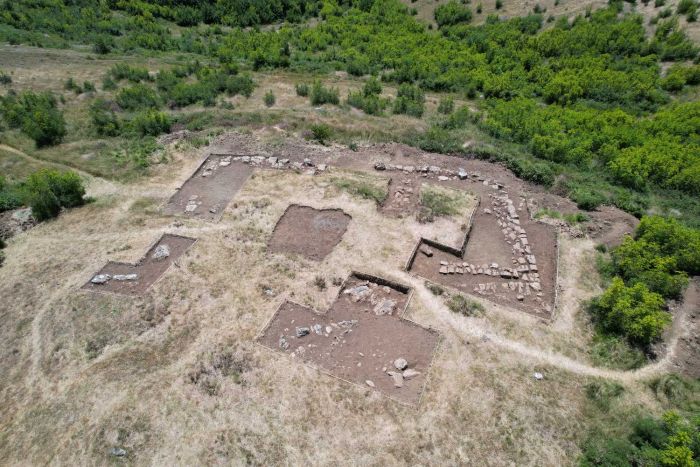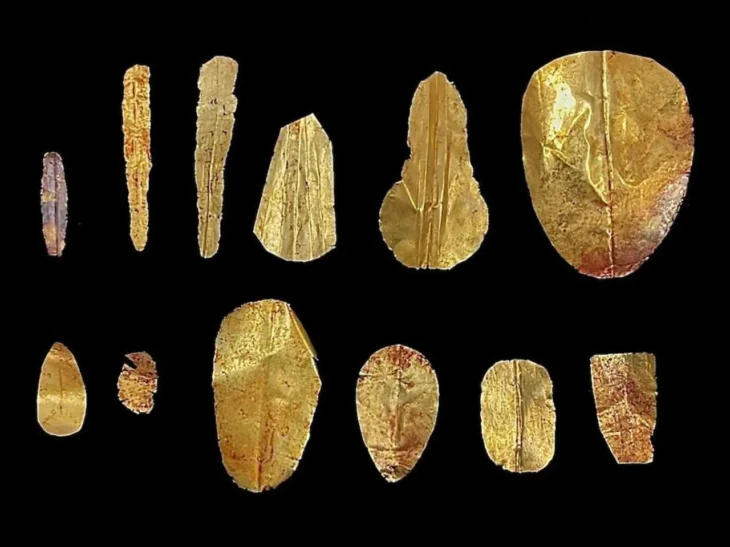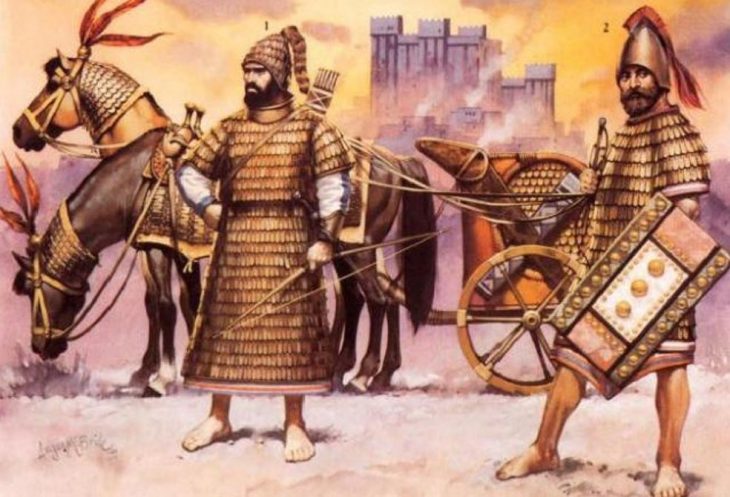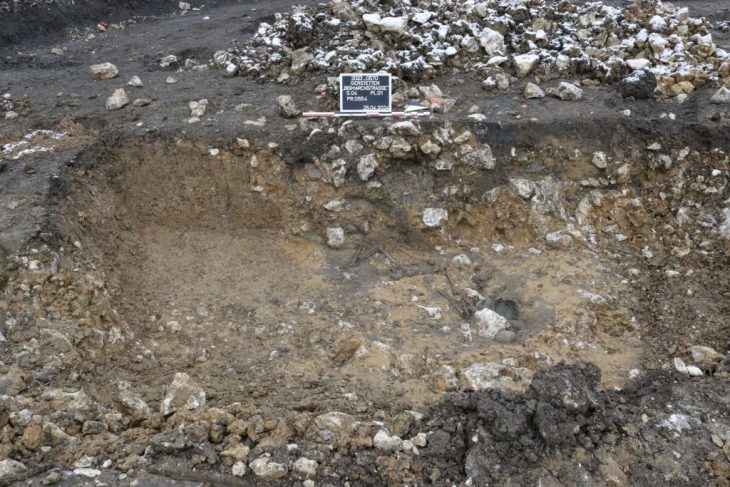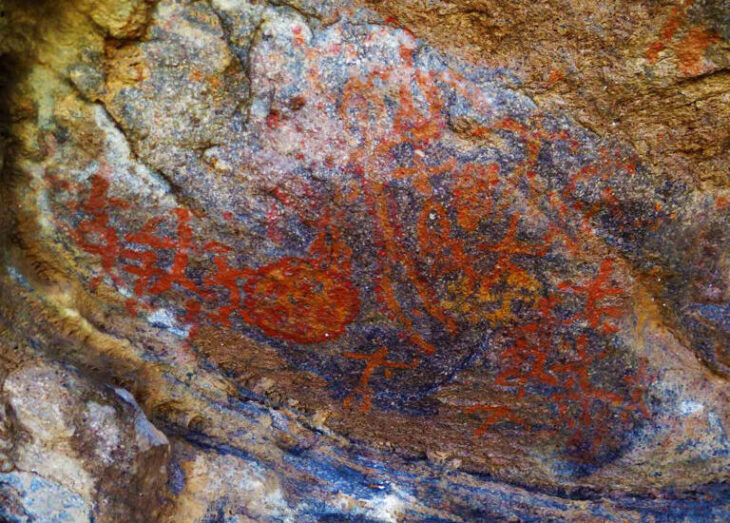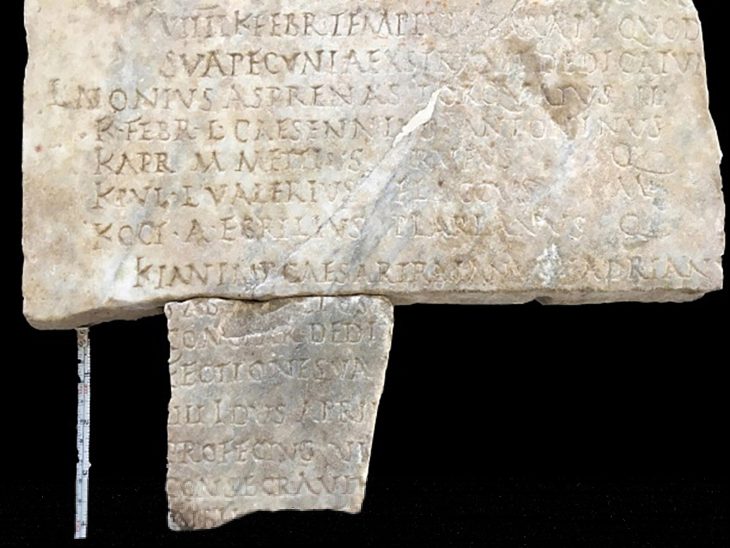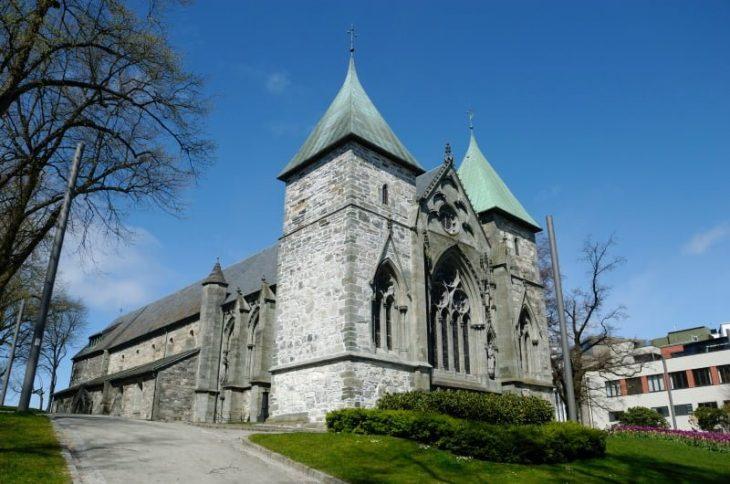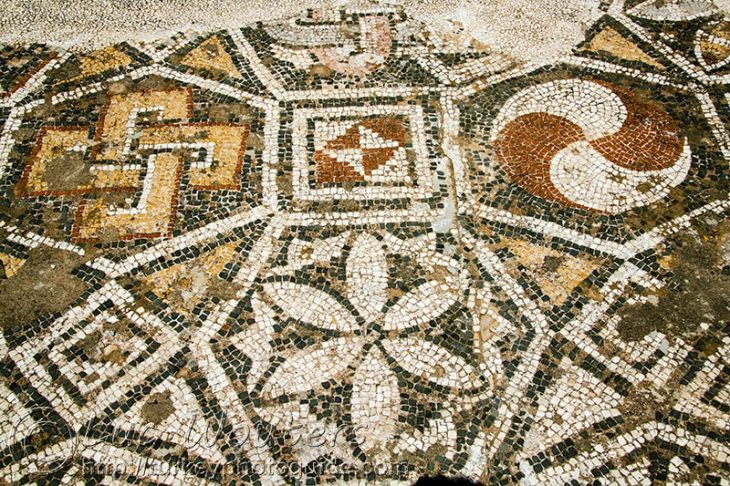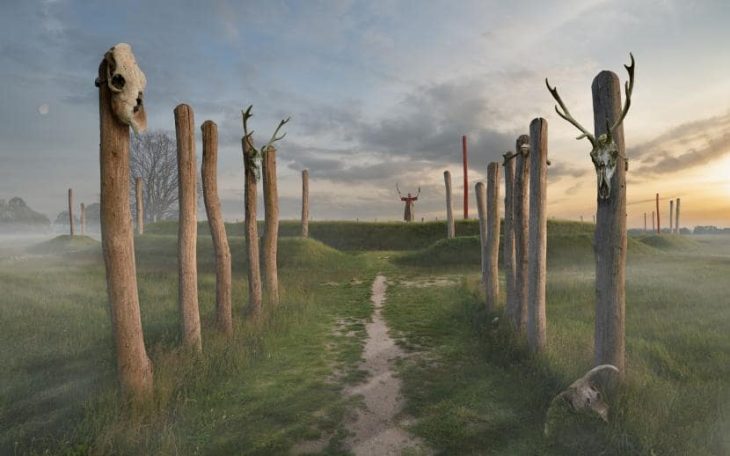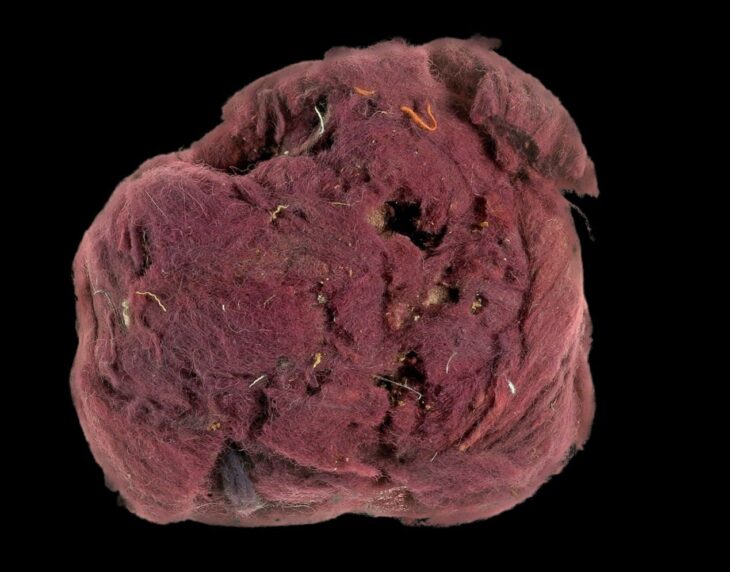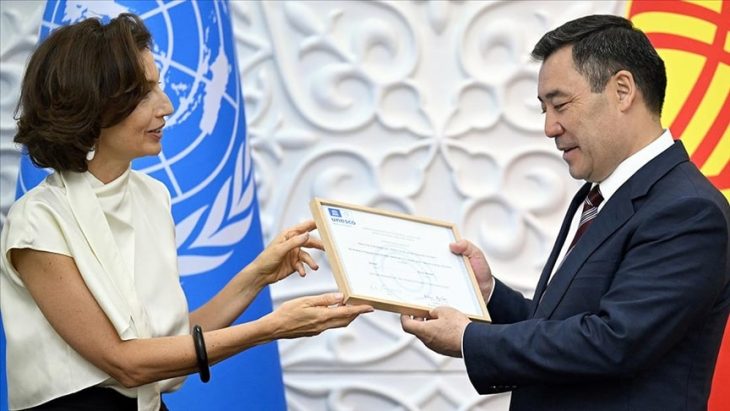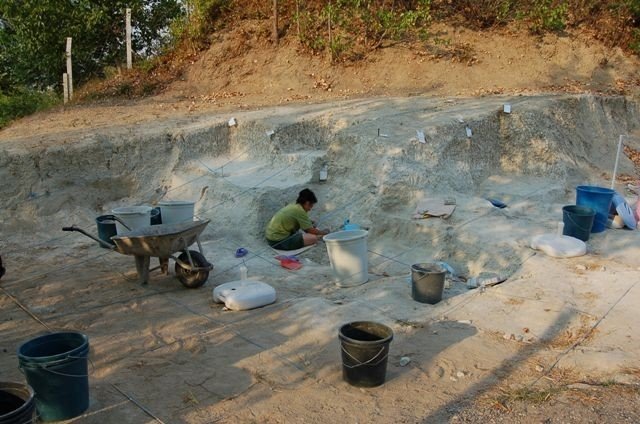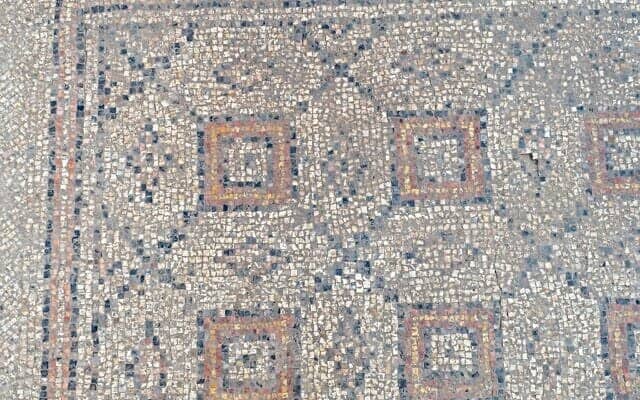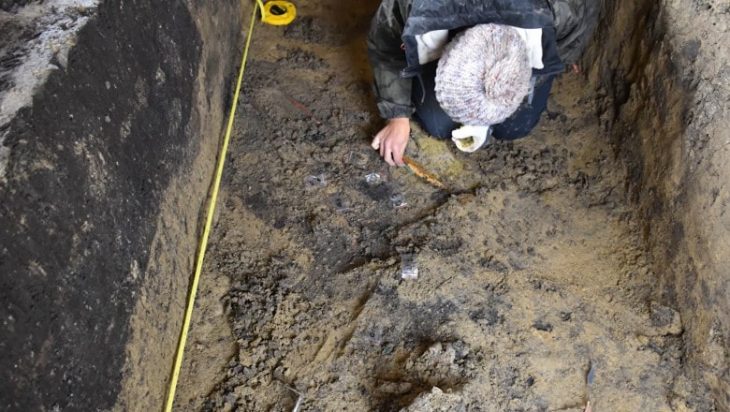Polish archaeologists may have discovered the 2,000-year-old lost city of Bassania in Albania.
The remains of two large ancient stone structures on the top of a hill near Shkodër in Albania have been discovered by archaeologists from the University of Warsaw. Until a few years ago, it was thought that only natural rock outliers existed there.
According to the researchers, it is probably Bassania – a city described by the Roman historian Livy (59 BC-AD 17) in the context of the battles of Roman troops with the last king of Illyria, Gentius.
In May 2018, archaeologists only uncovered part of the walls and door. The uncovered gate was accompanied by two bastions, to which powerful, more than 3 m wide defensive walls led. Their external parts were made of profiled stone blocks. The space between them was filled with small stones and earth.
According to researchers, this type of construction is typical for Hellenistic defensive structures. Such dating is also supported by objects the archaeologists discovered near the walls: coins and fragments of ceramic vessels from the IV-I century BC. This means that the city functioned in the time of the Illyrian kingdom, which ceased to exist at the turn of the millennium after the Roman invasion.
📣 Our WhatsApp channel is now LIVE! Stay up-to-date with the latest news and updates, just click here to follow us on WhatsApp and never miss a thing!!
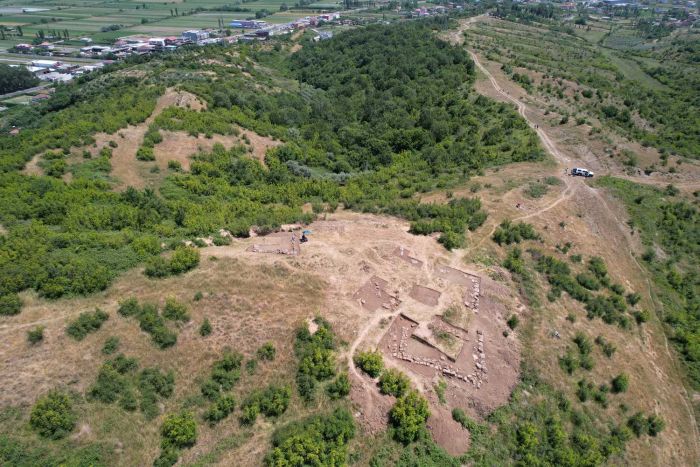
The newly uncovered city turned out to be three times larger than the ancient Shkoder, with a size of about 20 hectares.
As reported by PAP, the research head, Professor Piotr Dyczek, director of the Southeast Europe Research Center for Southeast Europe at the University of Warsaw, said this year the highest part of the city was excavated just below the top of the mountain where its remains. On the Albanian side, Dr. Saimir Shpaza from the Tirana Archaeological Institute led the research.
“During our work in May this year, we uncovered the foundations of two large buildings here” – added prof. Dyczek.
The city was eroding for years and its walls were sliding down the slopes. It also served as a local quarry – many of the surrounding houses have large, cut blocks from the archaeological site built.
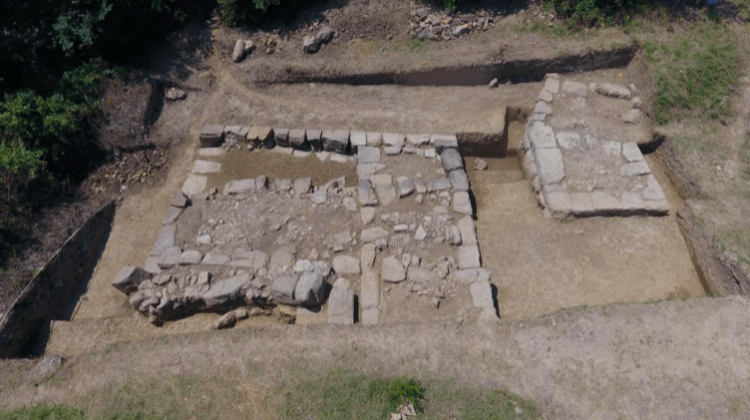
Despite erosion and human activity in the ancient city, archaeologists were lucky enough to find ancient pottery fragments. Thanks to their analysis, it was determined that the hill was inhabited as early as the 2nd millennium BC and was probably abandoned at the beginning of the cycle or a little later.
Fragments of mostly Italian amphorae dating to the 3rd and 2nd centuries BC, and skyphos, Greek wine-drinking vessels with horizontal handles, were found in the structures.
“Many of them are very small. In ancient times such miniature dishes were either toys or votive offerings. It is difficult to say what functions they currently serve in our position, “said Professor Dyczek.
So far, scientists have also been unable to determine the function of the buildings they discovered. However, they feel that they are different from others in the area, which makes them difficult to identify. But they were exposed at the top, so they had to have a prestigious character.
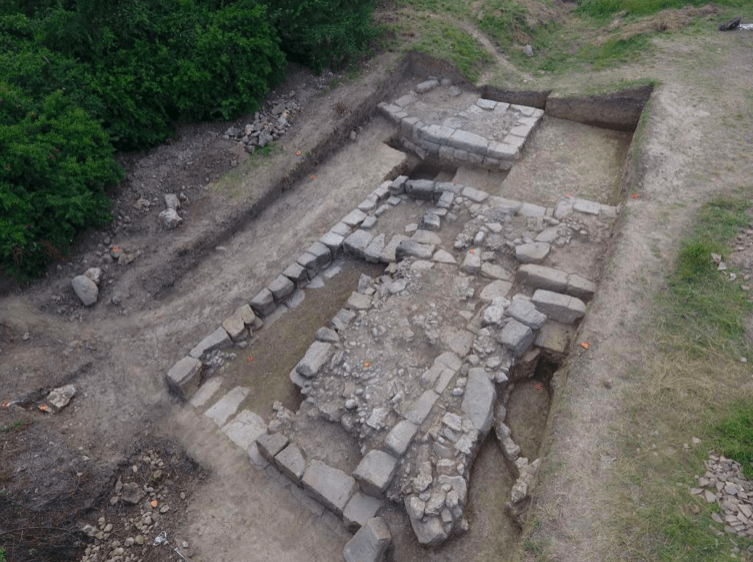
As the research leader noted, these buildings had solid foundations measuring 90 cm wide. Local raw material was used – conglomerate. No mortar was used. The roofs are covered with specially shaped tiles in the Greek style.
All data show that the discovered structures date from the Hellenistic period, from the end of the third and first half of the 19th century.
This fortified city was located between two important ancient centers in the former Illyrian (now Albania) – the Illyrian capital of Shkodra and the Greek city of Lissos. It might be Bassania, but archaeologists are still looking for convincing evidence to support this thesis.
Cover Photo: M. Lemke

